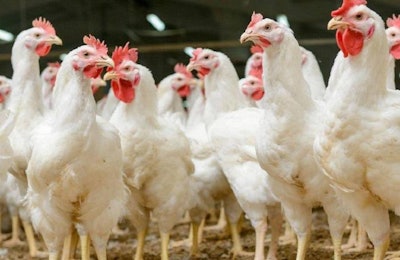
The faculty at the University of Tennessee and Kansas State University are working together on a poultry producer survey aimed towards on-farm biosecurity practices and producer opinions on the U.S. Department of Agriculture’s current indemnity policy.
Foreign animal diseases are increasing in number and can be costly to eradicate, even for those whose farms weren’t directly infected, and the 2014-2015 highly pathogenic avian influenza outbreak was the largest animal health even in U.S. history, costing U.S. taxpayers in excess of $950 million. With that in mind, both preventative and post-disease biosecurity practices, along with current policy, are viewed as vital in reducing the occurrence and cost of a disease event.
The creators of the survey feel that producer input will help with efforts in researching biosecurity and indemnity policies, and to inform policymakers about what producers think are the best avenues regarding animal health legislation in the future. The aim is to have peer-reviewed academic publications, some briefer fact sheets that could be distributed to those in the poultry industry and a master thesis project for Tori Campbell, agricultural and resource economics graduate research assistant at the University of Tennessee.
About the survey
The survey can be accessed online and includes a total of 11 questions and should take less than 10 minutes to complete.
Participation is voluntary, and all responses will be kept anonymous. Responses will be accepted through November 1.
Sampling of survey questions
Topics covered in the survey questions include, but are not limited to the following:
- Whether your operation would be classified as a broiler, turkey, layer, breeder or primary breeder operation
- What methods were used to dispose of birds that died on your farm
- Estimating the typical mortality rates on your operation
- Would on site methods such as burying or composting be considered if they are not currently used on your operation?
- The number of birds raised on your operation during the past 12 months
- The breakout of how many birds you own on your operation compared to the amount that are owned by other entities such as integrators.
- A space is also offered to give survey respondents the opportunity to make additional comments


















